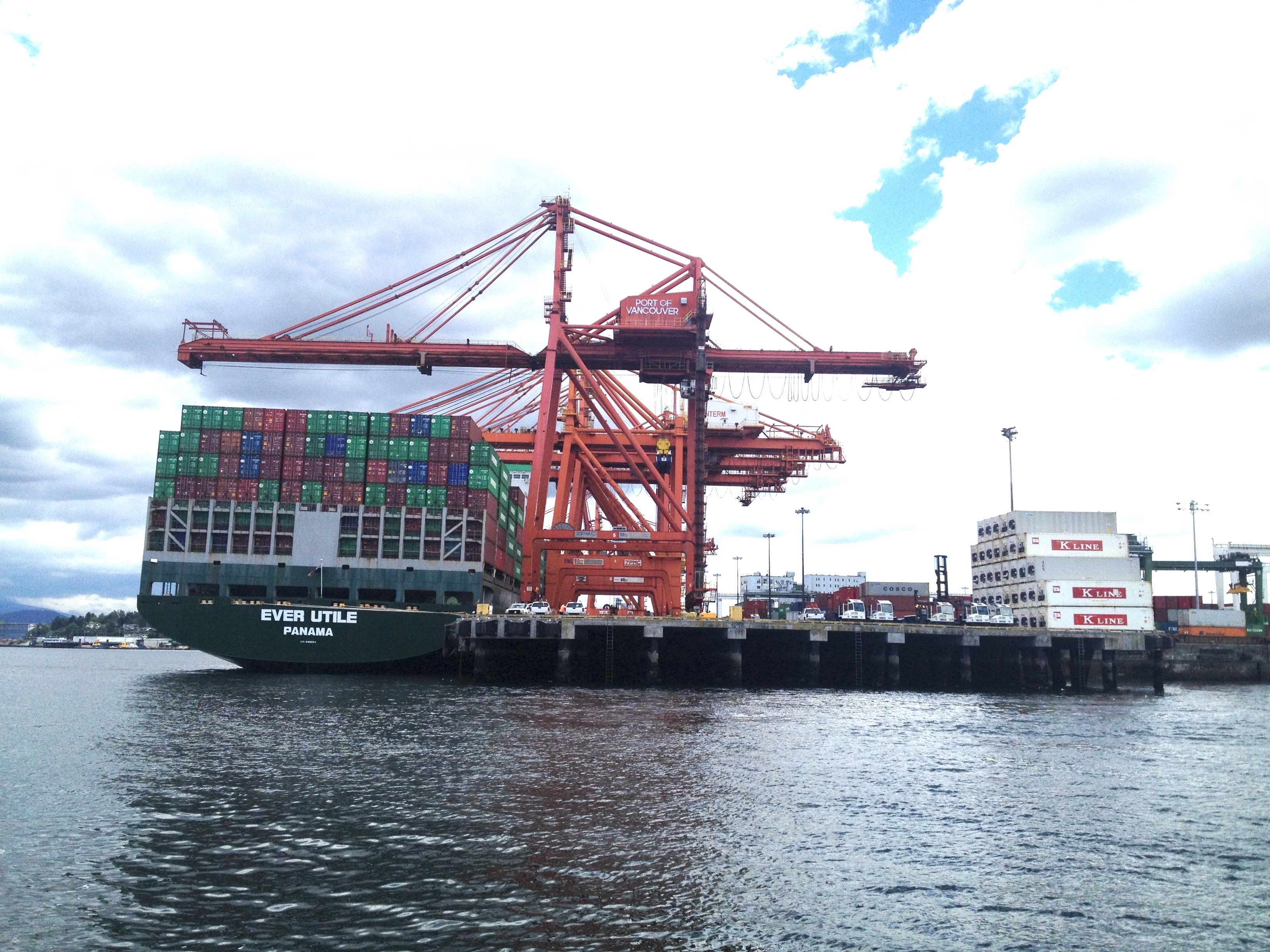Market segmentation and competitiveness for ports are an important international trade development topic. It was discussed in research findings by Phil Davies at the 5th Metrans International Urban Freight Conference.
The Ports of Los Angeles and Long Beach have dominated the TransPacific container trade from its inception. However, the two ports’ share of containerized imports from Pacific Rim countries has been in steady decline since 2003. Overall, the LA/Long Beach market share of Pacific Rim containerized imports fell from 56.5% in 2003 to 48.8% in 2012.
The ports showing the largest increase in market share include New York/New Jersey, Savannah, and Houston. The research uses U.S. trade data to analyze market share performance of the Los Angeles/Long Beach gateway and competing ports, including detailed analysis of specific product groups and origins, and shifts in traffic over the last decade.
Phil Davies’ study found the following insights related to export-import traffic:
• One of the previous studies forecasts a change in traffic origins from Northeast Asia, to Southeast Asia which would reduce the distance advantage of West Coast ports. This has not occurred; Northeast Asia still accounts for almost 90% of U.S. Pacific Rim imports. Consequently, the competitiveness of West Coast ports has not declined due to changing cargo origins.
Market segmentation and competitiveness for ports lessons include:
• The broad-based nature of the decline in LA/Long Beach market share suggests that cost increases over the last decade have affected traffic in almost all product groups, regardless of product value or service advantages offered by the Southern California ports.
• The example of vehicle parts imports shows that traffic routing for some products can be decisively influenced by service characteristics. An active market segmentation approach may provide opportunities to recapture market share for particular product groups.
The lessons arising from market segmentation and competitiveness for ports in Los Angeles and Long Beach can be applied to other situations. Read the October 11, 2013, Journal of Commerce story Rising Costs Push Down LA-LB Market Share.

